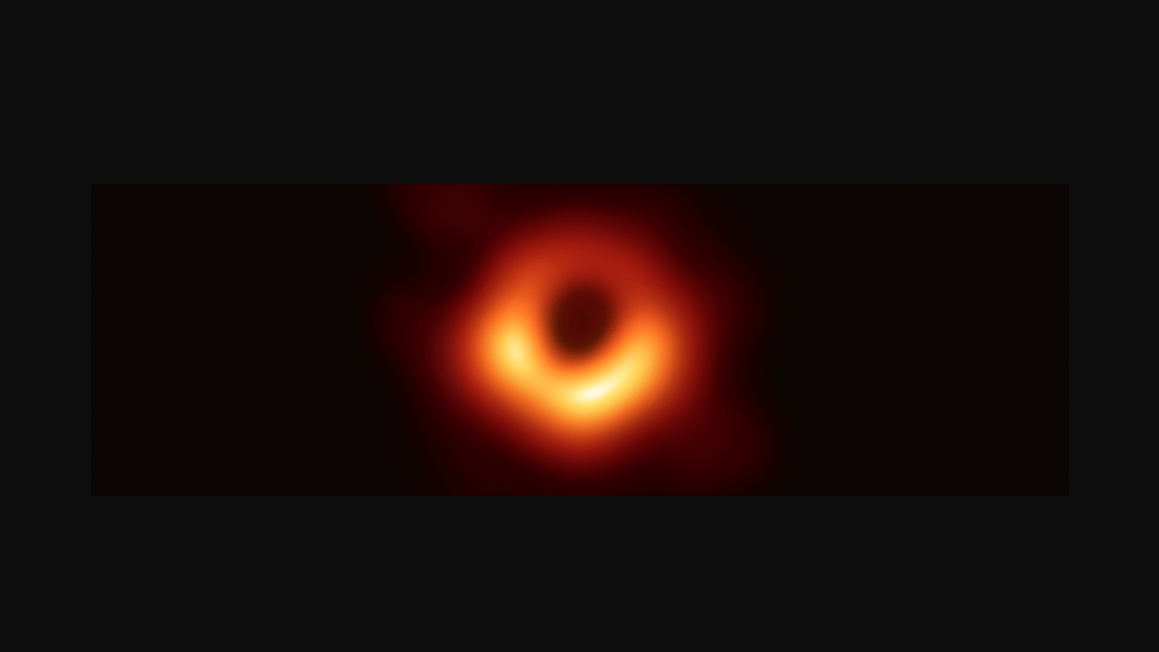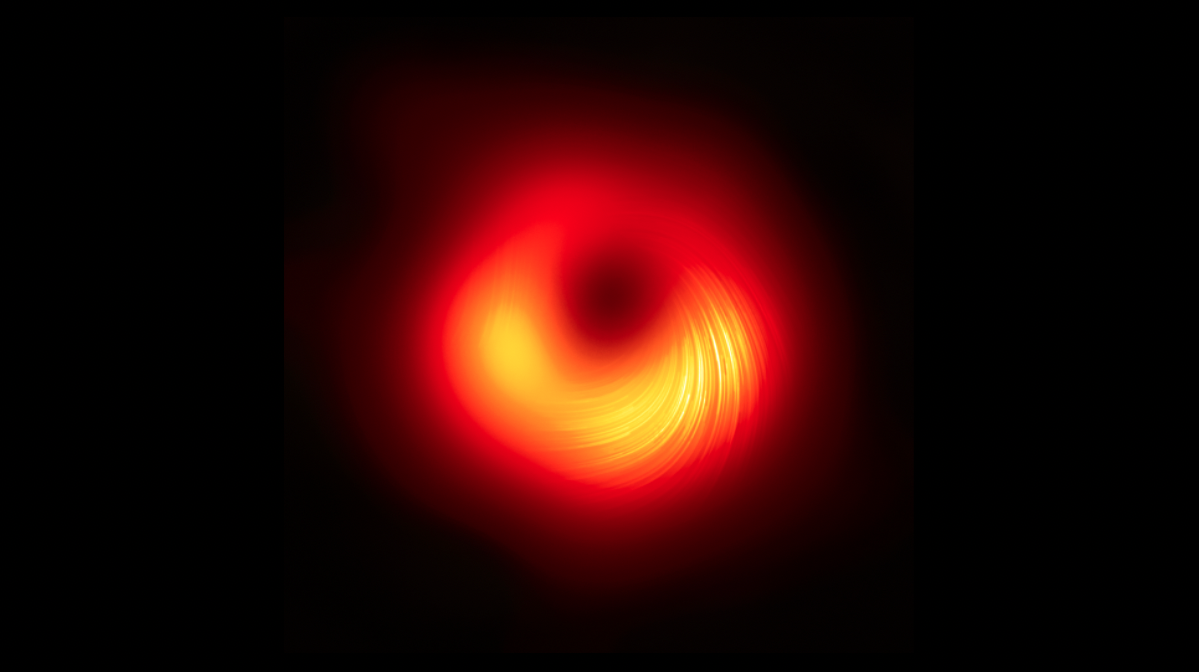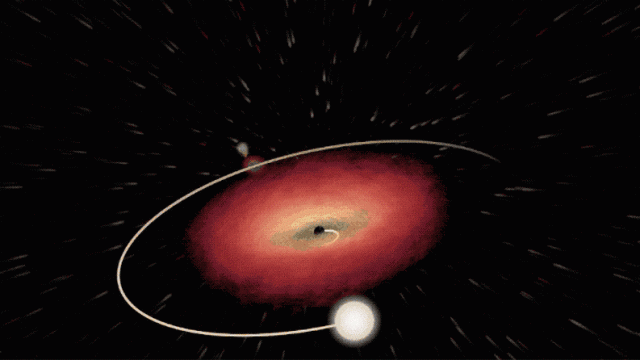A new video from NASA shows what it looks like when a star is caught in the powerful gravity of a black hole. In these binary systems, the doomed stars spin around the black holes, which steadily suck up gas from them. The visualisation illustrates the variety of these parasitic partnerships in our galactic backyard, including some particularly extreme examples — like MAXI J1659, in which the star completes a full orbit every 2.4 hours.
NASA showcases 22 of these systems, located either in our own Milky Way or in the Large Magellanic Cloud, a next-door galaxy that is around 160,000 light-years from Earth.
The relationship between a black hole and a star in one of these systems is parasitic, as the black hole consumes mass from its companion. In the visualisation (which features a super trippy synth-wave soundtrack), this is shown by the pronounced teardrop shape of some of the stars. NASA says that black holes collect star matter in one of two main ways: there could be a constant stream of stellar gas flowing directly into the black hole, or the black hole could be passively consuming the star’s stellar wind. This matter then forms the black hole’s accretion disk, which glows in visible, ultraviolet, and X-ray light.
The First Image of a Black Hole and Its Shadow

Read more: Gaze Into the Abyss: The First-Ever Image of a Black Hole
A Black Hole’s Magnetic Field Revealed

Read more: See a Black Hole’s Magnetic Fields in New Image From the Event Horizon Telescope
The Cosmic Context of a Black Hole
A Black Hole Emitting Radio Jets

TIE Fighter Galaxy

